By Sarah Lightfoot Vidal, Fulbright U.S. Student to Chile (Engineering)
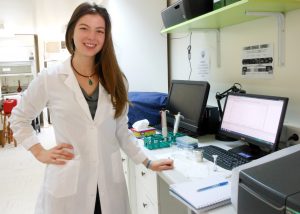
In March 2014, I began the biggest adventure of my life to date—a Fulbright research fellowship with el Centro de Investigación de Polímeros Avanzados (the Center for Advanced Polymers Research, or CIPA) in Concepción, Chile, studying biological polyesters and biomaterials. I had never before been afforded the opportunity to live in a foreign country, much less while also working on two of my greatest passions: the Spanish language, and polymers.
One day after working in the lab at CIPA, I stopped by a café (BAC-Bon Appétit Chile) for an espresso. On my way out, I noticed a flyer for joyeria, jewelry making. I love art and had been searching for a small class to supplement my experiences in engineering through Fulbright, with an opportunity to do something completely different from my day-today life. I quickly contacted the professor (profe), and we were set for our first 3-hour class.
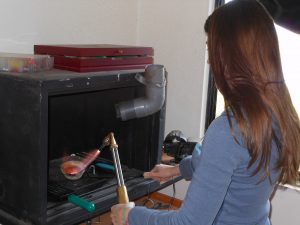 In the 3 months of my apprenticeship, I had the joy of learning metallurgy from a practical, artistic point of view. Thrillingly, this included working with a flame! My professor would explain why we need to alloy the silver (plata) with another metal to increase its strength and our ability to cold-work it—practical evidence for engineering themes I had already learned at Drexel University. I developed vocabulary I would not have learned in my scientific lab: some words I didn’t even know the equivalent of in English. When it came time to begin a new piece, my professor took me to select a stone from another artist who had rooms full of beautiful raw and polished ones, both common and rare, indigenous treasures of Chile. During my year in Chile I also purchased lapis lazuli jewelry (an indigenous stone of Chile) from local vendors, but the pride I felt upon completing my own pieces, start-to-finish, was incomparable.
In the 3 months of my apprenticeship, I had the joy of learning metallurgy from a practical, artistic point of view. Thrillingly, this included working with a flame! My professor would explain why we need to alloy the silver (plata) with another metal to increase its strength and our ability to cold-work it—practical evidence for engineering themes I had already learned at Drexel University. I developed vocabulary I would not have learned in my scientific lab: some words I didn’t even know the equivalent of in English. When it came time to begin a new piece, my professor took me to select a stone from another artist who had rooms full of beautiful raw and polished ones, both common and rare, indigenous treasures of Chile. During my year in Chile I also purchased lapis lazuli jewelry (an indigenous stone of Chile) from local vendors, but the pride I felt upon completing my own pieces, start-to-finish, was incomparable.
My Fulbright project with CIPA focused on the development of biologically-produced polyester nanoparticles, for the encapsulation of quercetin (a polyphenol) and ultimately as a model for indigenous Chilean vegetable extracts. Through the use of nanoparticles, which by comparison would be smaller in size than a common virus, we hoped to selectively deliver these extracts to patients either as a protective coating on biomedical devices or encapsulated via wound dressings.
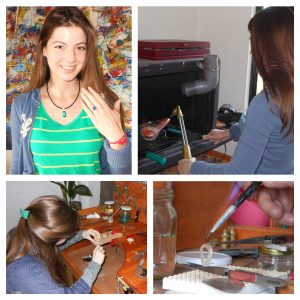
To many it may seem like a stretch to connect silver-working with biomedical polymers research, but to me, this is what brought my Fulbright experience full circle. I see similarities in encapsulating polyphenols or drugs to protecting a precious stone with metal; I equated the processing of large polymer pellets into small nanoparticles to the melting and reformation of the metal. I was inspired by the skill and prevalence of talented Chilean artisans: a living manifestation of years of culture and experience of such a beautiful and complex country. By recognizing that art and culture are fundamentally intertwined with science, we create an opportunity to collaborate and learn from those in fields different from our own. Fulbright afforded me the chance to explore without fear and encouraged me to consume knowledge in anything and everything. I will always be grateful to Fulbright and to the beautiful country of Chile, which welcomed me and taught me so much about life.
Application tips:
- Do not discourage yourself from applying—with a clear vision and strong motivation, your dream Fulbright experience is possible. Apply!
- Start searching for your host affiliation early; be persistent but keep an open mind on all opportunities.
- On editing, be receptive to suggestions from others, but ultimately the application is your own. You need to be content with your final product.

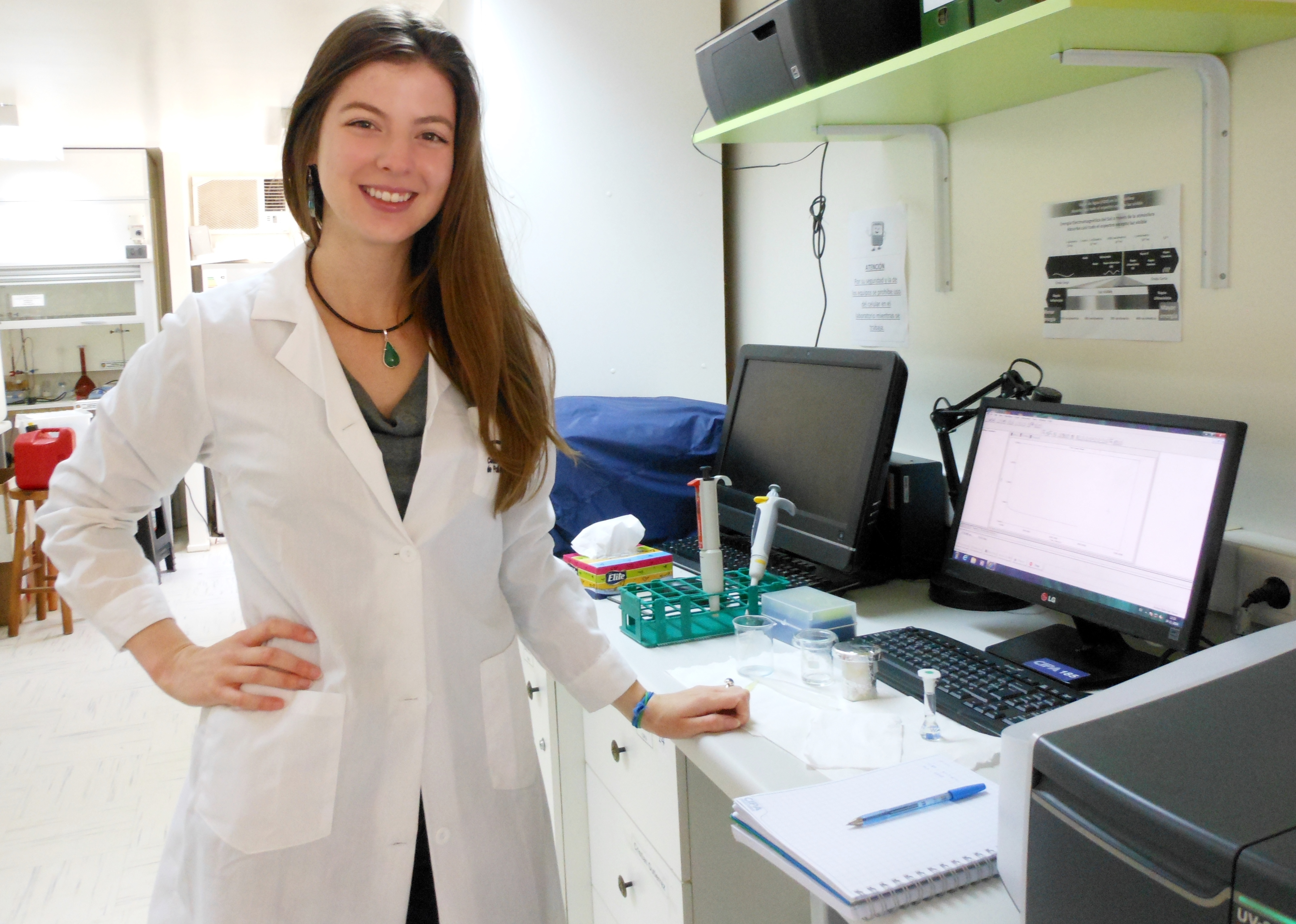
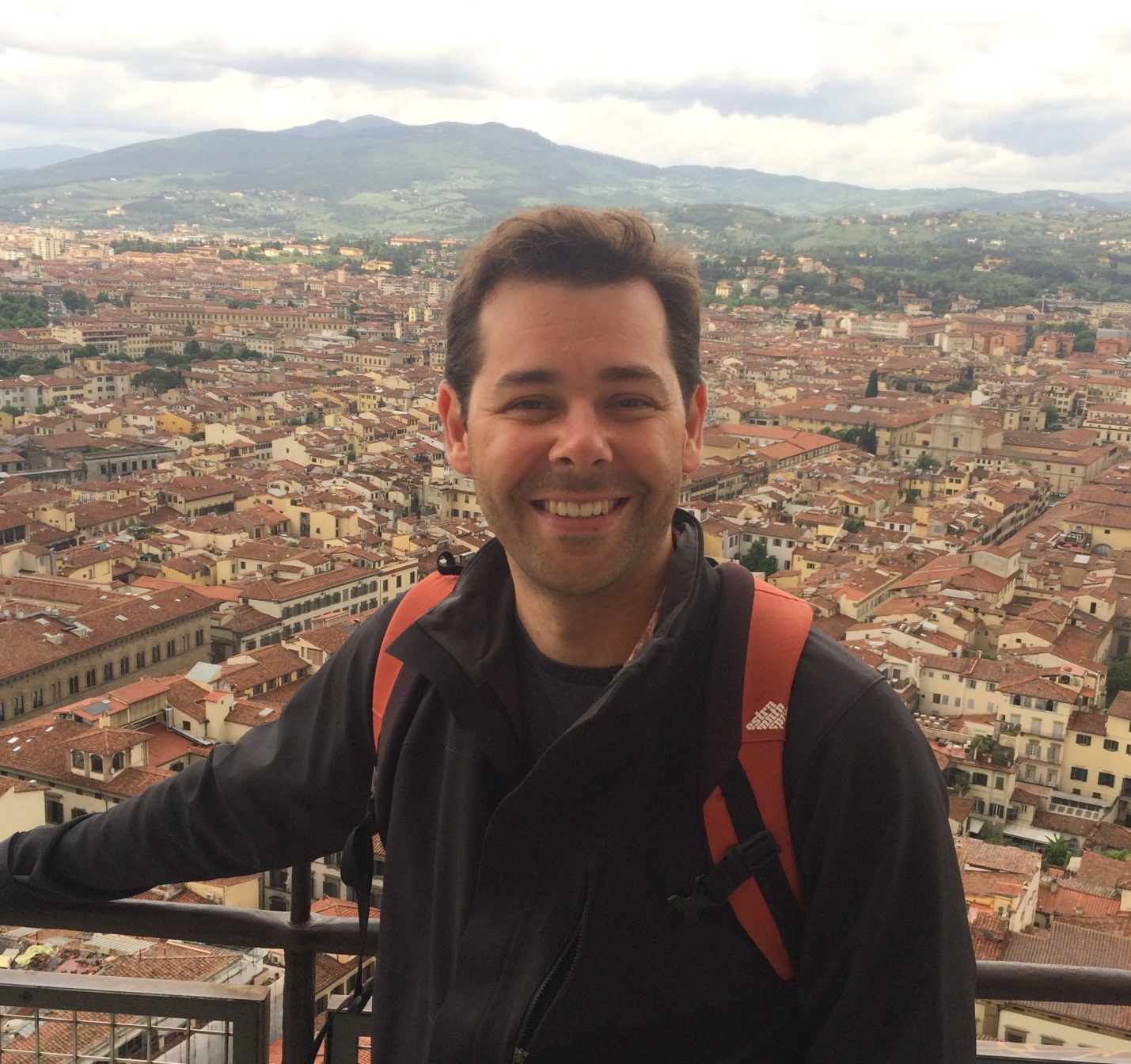
1 Comment
Thanks much for the application tips. I will pass them on to my students!
S.K. Sessions (Fulbright Faculty Scholar, Biology, Slovenia, 2016-17).